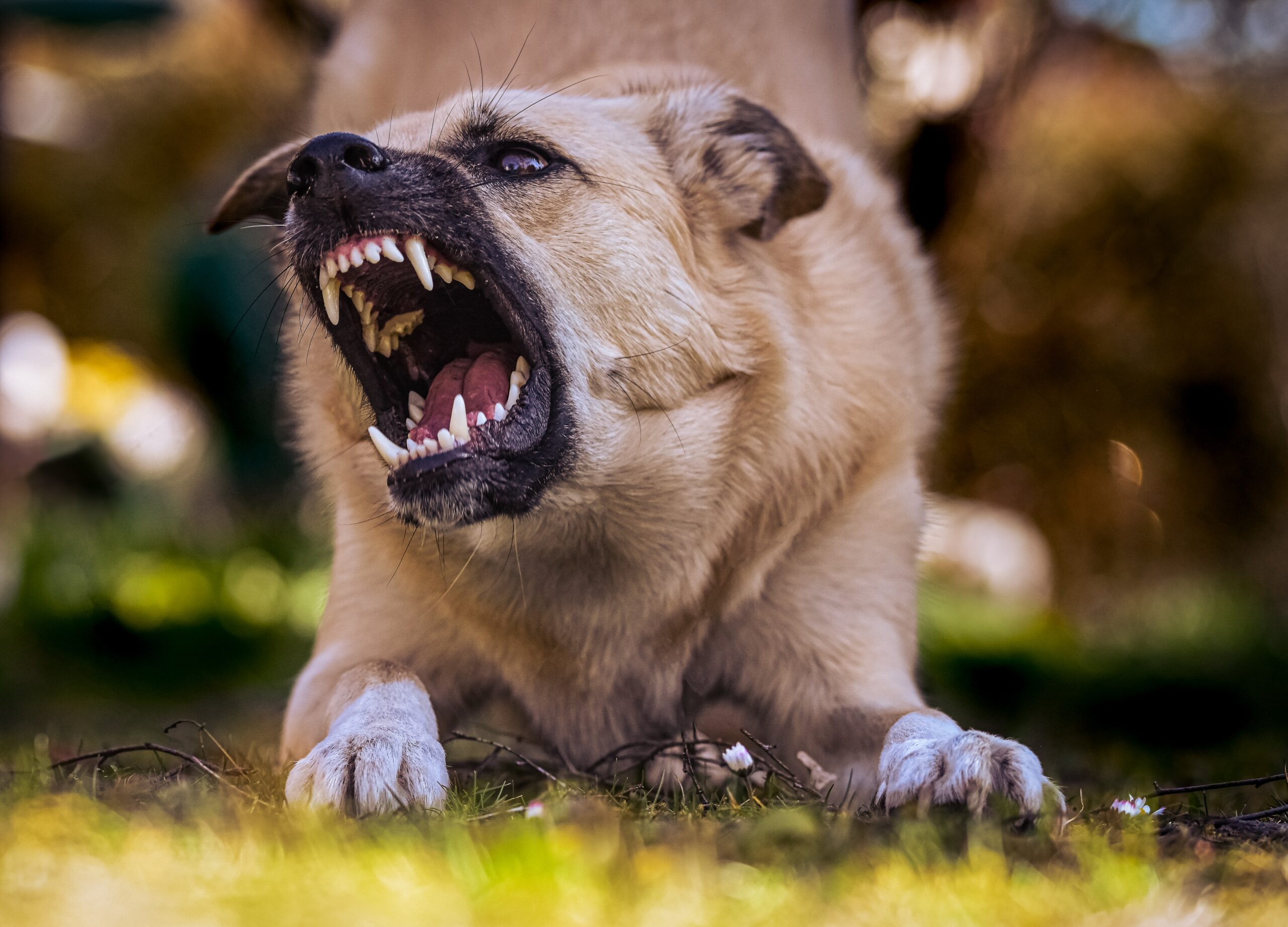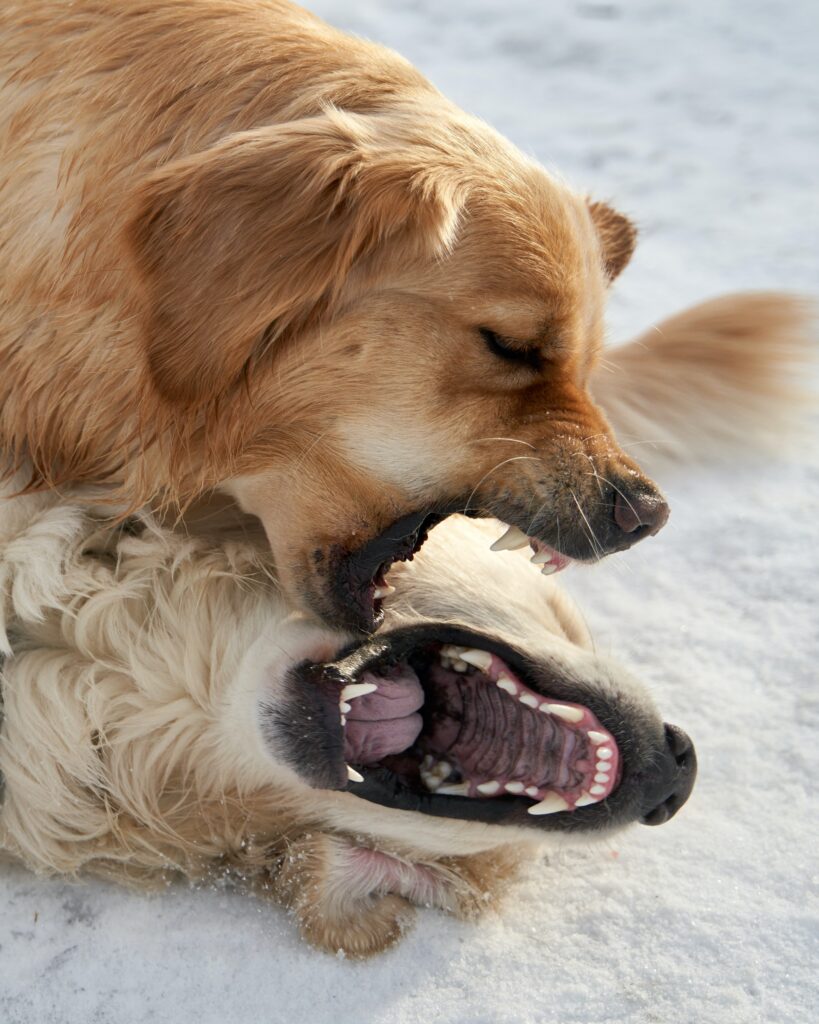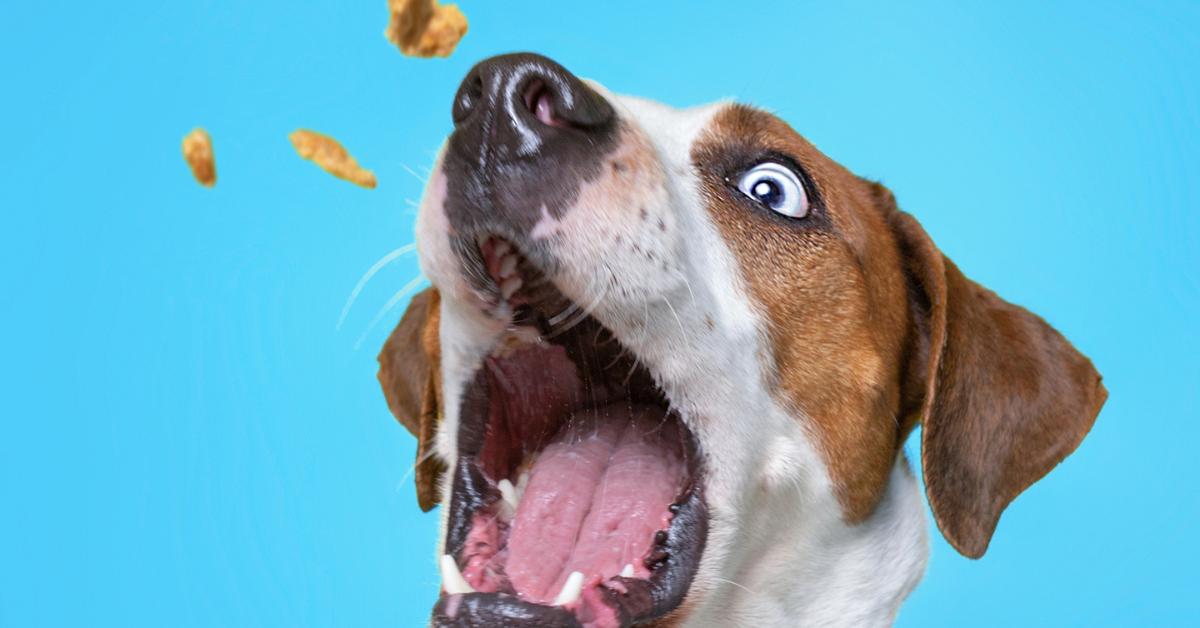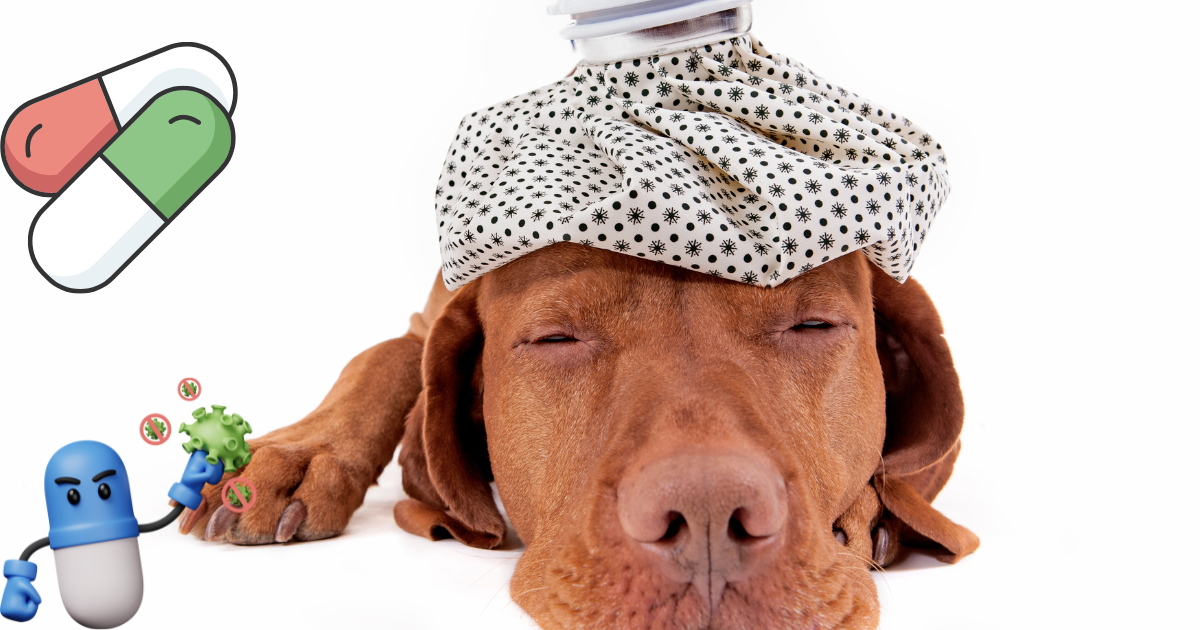

Dogs are loyal, loving, hilarious, and endlessly forgiving creatures with a knack for warming our hearts, even in our darkest moments. When you become a dog parent, you must be able to recognize what causes anxiety for your pup. If you can understand these causes, you’ll be able to make your dog feel safer and comfier with you. Signs of tension in dogs may be subtle, which makes it even more important for you to be vigilant and learn to spot what is also causing their stress. Here are Signs of Anxiety in Dogs that you must know of.

Dogs communicate with visual communication. You will be ready to understand their wants, needs, happiness, fear, stress, and anxiety through their visual communication. Are you able to learn what your dog is trying to inform you?
According to the American Veterinary Medical Association, anxiety is diagnosed in up to 40% of dogs with behavioral problems.
Five common Dog anxiety symptoms
1. Destructive/Aggressive Behavior
Destructive or Aggressive Behavior in dogs is a common sign of anxiety. Aggression can be described as any threat or dangerous Behavior towards another individual or group.
Dogs that display aggression don’t seem to be mean or bad. They’re simply afraid/fearful and anxious/nervous, with a few perceived or anticipated threats or unpleasant outcomes. Being a pet parent, you want to understand it so you’ll solve your pet’s problem and make them comfortable.
2. An excessive amount of Barking or howling
Excessive barking and howling are other symptoms of stress and anxiety.
It may indicate that your dog is lonely. Dogs are man’s supporters because they’re social, rather like us! If your dog is left alone for several hours, it will get anxious and sad. Once you return home, give your dog much love and a spotlight. Take them on walks, work on tricks or training, and allow them to spend more quality time with you. Strengthen your bond with your pups, helping them eliminate their anxiety and stress. There is no such thing as anxious dog breeds, as the contributing factors are all external.
3. Drooling
Sometimes drooling in dogs is normal, but, in some cases, it can be the reason for anxiety. Some dogs drool after they are nervous or anxious. This kind of drooling is commonly along by panting and possibly trembling or other signs of nervousness. So, you must take a heavy note of why this happened and find the reason behind your dog’s sudden strange Behavior. If your puppy drools due to anxiety, the drooling must be stopped at once by easing your pup and making it feel comfortable.
4. Excessive Licking
Excessive Licking is additionally one of the signs of hysteria. Dogs like licking. They enjoy licking themselves, people they love, and objects.
But sometimes, a dog licking constantly is their way of telling us that something is bothering them. Excessive Licking is the compulsive Licking of any surface for a period longer than is required may be a matter of concern. It shows your pet is plagued by anxiety. Being a pet parent, you must consider what is bothering your puppy and know how to calm your dog naturally. You must notify them of your pup’s changing Behavior. He is suffering from anxiety. That’ll help you to take care of your pups more effectively. It is one of the biggest signs of separation anxiety in dogs.
5. Panting; major signs of Anxiety in dogs
Panting could be a key mechanism for warmth reduction. But suppose your dog is unusually panting within the middle of the night in your fully air-conditioned room. In that case, you should understand there’s something wrong with your pet. There are three most typical reasons for panting when there’s no evident temperature-related cause: pain, anxiety, and disease. When you comprehend it, attempt to calm them and make them feel comfortable to reduce their stress and anxiety. That’ll strengthen your bond with your puppy and make them feel comfier with you. in the worst case; dog anxiety medication is also prescribed.
How to overcome Signs of Anxiety in Dogs?
The finest way to calm your dog down is to recognize what is stressing them, then eliminate the trigger. Start taking note of your dog’s changing Behavior, and you’ll be able to understand their stress signals and reduce their anxiety and stress in no time. Being a pet parent, you need to understand your pup’s Behavior. If you discover any changes must consider them. That’ll facilitate you to make your pup happy and lighter. Understanding these important facts can facilitate you, as an owner, knowing the simplest ways to assist your dog with anxiety. Strengthen your bond along with your pups and allow them to guide you on what it has to ease their anxiety. You must take care of your pups if they suffer from anxiety or stress. Make them feel happy and try to understand their Behavior. That’ll help you to eliminate anxiety and stress them. They feel lighter and happier to be with you.
Final Words:
Like humans, dogs can also experience anxiety at some point. Not all dogs have anxiety issues which lead to some anxiety disorders, but it’s important to know the reasons, symptoms, and treatments related to a dog’s anxiety. Knowing these necessary facts can help you, as a pet parent, to understand the best ways to help your dog suffering from anxiety. If you know your puppy might have anxiety issues, it’s important to consult a veterinarian. A veterinarian can better understand your pup’s problem and help you with the best treatment plan that helps you to resolve your pet’s issues.

